2017 Skoda Kodiaq review, test drive
SUVs are the order of the day, and with this premium, seven-seat flagship, the Czech brand is ready to make a big impact in India.
Published on Dec 04, 2016 05:17:00 PM
57,719 Views
Follow us on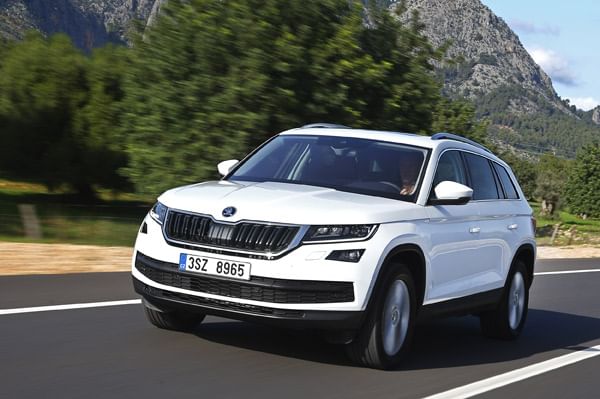
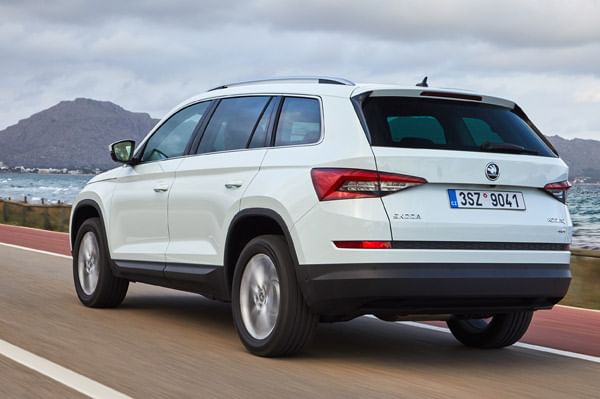
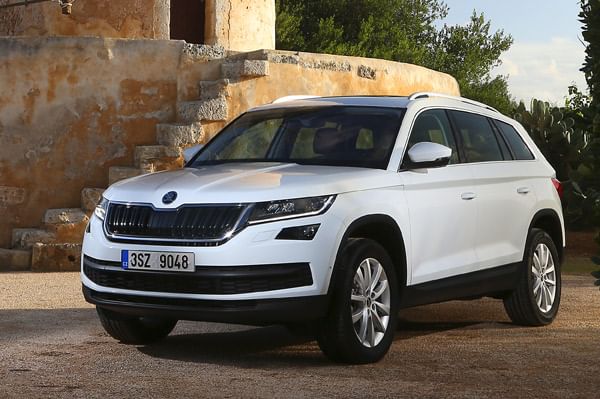
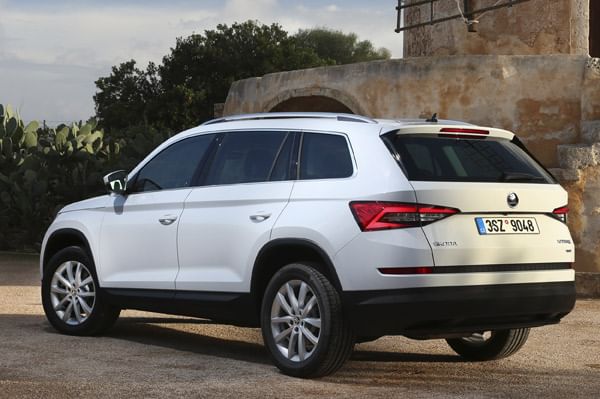
What’s it like to drive?
Now while we’ve previewed the Kodiaq extensively in the last few months, this is the first time we’re getting to drive it. Getting the specs out of the way first – it will come to India with a 2.0-litre TSI petrol engine making 180hp and 250Nm, as well as a 2.0-litre TDI diesel making 150hp and 340Nm. There’s also a version of the 2.0 TDI with 190hp and 400Nm, but this one is designed for Euro 6 emissions norms, and so might not make it to India initially, as it would have to be modified to suit our poor fuel quality. There will also be AWD on top variants, and both engines come with either six-speed manuals or seven-speed DSG automatics. Interestingly, the automatics will get priority in the range this time – Skoda India has learnt its lesson from the Yeti, which is still only available as a manual.
The petrol engine first, and it’s everything we’ve come to expect from a TSI motor. It’s smooth and refined and builds up all its power really early on, making it quite enjoyable to drive. For such a large car, it weighs a not-too-shabby 1,695kg, and as a result is able to sprint to 100kph in a claimed 8.0sec. The DSG gearbox too is as impressive as we’ve come to expect, with smooth and quick shifts exactly when they’re meant to happen.
| Skoda Kodiaq Price, Mileage, Specifications, Features and Variants | |
|---|---|
| Brand | Skoda |
| Model Name | Kodiaq |
| Skoda Kodiaq Price | ₹ 54.31 - 56.39 lakh |
| Skoda Kodiaq Range/Mileage | Petrol : 14.86kpl |
| Skoda Kodiaq Specifications | SUV | 5 doors | 7 seats View All Specs |
| Skoda Kodiaq Features | LED headlight | 13-inch Touchscreen display | 9 airbags View All Features |
| Skoda Kodiaq Variants | Sportline 2.0 Turbo Petrol | Selection L&K 2.0 Turbo Petrol View All Variants |
The 150hp diesel is impressively refined too, but that also has to do with the Kodiaq itself, which is great at shutting out outside noise. It’s very peppy off the line, sacrificing some top-end oomph in the process, but then with 340Nm on call, you really can’t complain, especially with a claimed 0-100kph time of 8.9sec. Each shift from the seven-speed DSG can be felt a little bit more here than in the petrol, but it’s not to the point of being uncomfortable.
We also tried the 190hp diesel, and interestingly, it didn’t feel as nice to drive. Because of its use of a larger turbocharger, there’s a lot more lag low down, and it’s only at about 2,000rpm that it gets into its stride (as opposed to 1,500rpm in the 150hp version). It does, however, have a better top end which, Skoda powertrain engineers say makes it ‘ideal for cruising on the Autobahn at 230kph’.
As for the dynamics, it feels like a large, higher-riding Superb to drive, and that’s just what you’d expect from a monocoque SUV. It’s also a revelation in a segment dominated by bulky, ladder-frame SUVs like the Fortuner and Endeavour, which feel a lot more cumbersome from behind the wheel. The steering isn’t bristling with feedback and it is a little numb around centre, but at least it’s neutral and predictable. On Mallorca’s narrow village roads, it certainly did a great job of shrinking itself around me, when in reality, it just about barely fit the lane width. You do get a bit of body roll, but that’s nowhere as much as you’d get in a ladder-frame SUV. Our test cars all had DCC – Dynamic Chassis Control – which alters suspension firmness and steering weight in one of a few different modes, but we found the differences to be very slight. Overall, the Kodiaq, on its 18-inch wheels and 55-profile tyres, likely the same ones we’ll get in India, rides nice and flat, although it can feel a little lumpy over broken bits of road.
Copyright (c) Autocar India. All rights reserved.


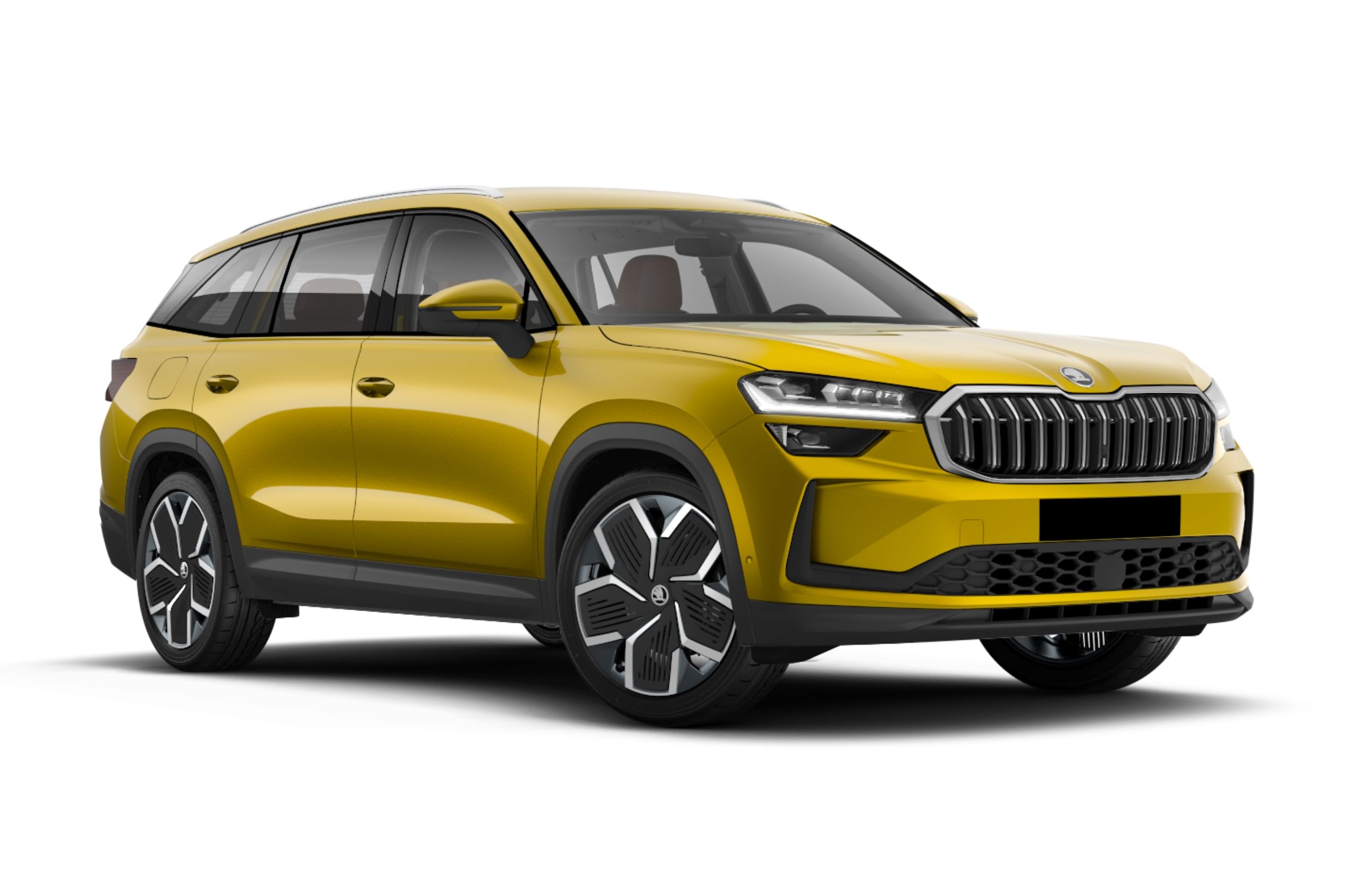




.jpg?w=234&h=156&q=90&c=1)

Comments
Member Login
Personal Details
No comments yet. Be the first to comment.